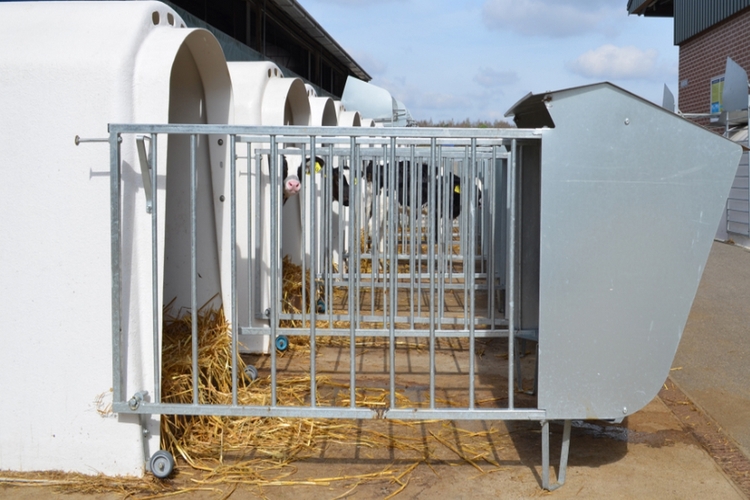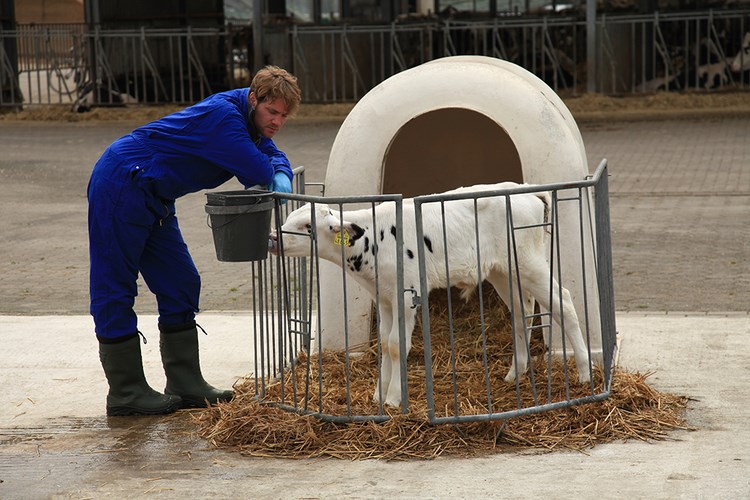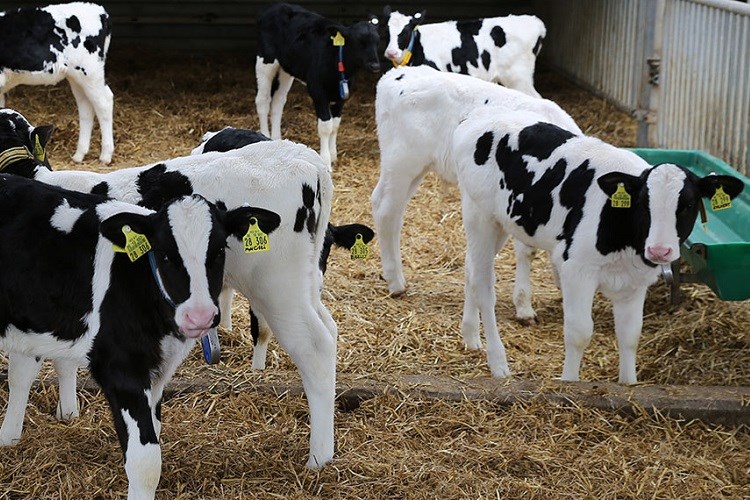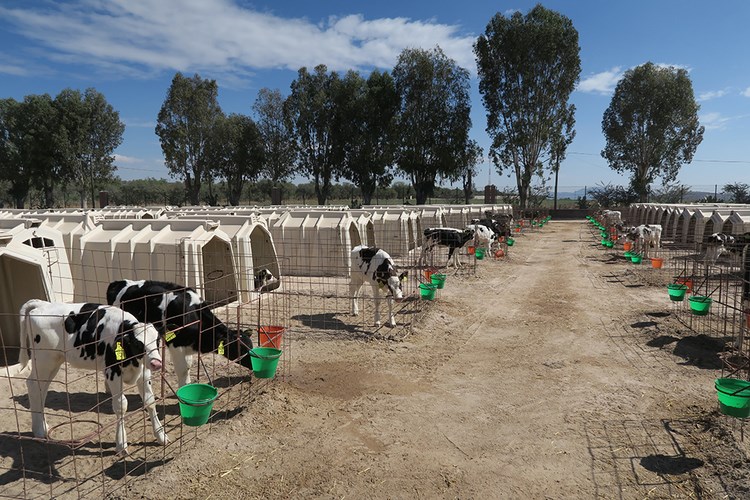Key takeaways from the research
- Modern housing facilities should enable calves and heifers to express normal behaviour
- Calves should be moved to group housing at an early age
- Stress should be reduced by accelerated feeding schedules
- Grouping strategies should not be based on age alone
- Readiness for breeding should be based on physical dimensions instead of age

Modern housing facilities and adequate grouping strategies reduce stress in dairy calves
Along with appropriate nutrition, proper health care and the freedom to exhibit normal behaviours, an appropriate housing plan for calves and heifers is just as essential for on-farm success. Dr Joseph Harner, Professor of Biological and Agricultural Engineering at Kansas State University claims that having a first-rate environment where they can exhibit normal behaviour is essential for successful calf and heifer rearing. What factors need to be kept in mind when transitioning from traditional to more modern facilities?
The importance of reducing stress
Moving from individual hutches pre-weaning to group housing at an earlier age and switching from manual to automated feeding can reduce the following types of stress
- Stress of isolation
- Environmental stress
- Stress related to feeding ration and hunger
To address these stress factors, facilities should be healthy, comfortable environments and should include:
- Plenty of fresh, dry air
- Convenient access to feed and water
- Confident footing
- Clean, dry and comfortable resting areas
- Draft protection
- Protection from weather extremes
- Groupings based on more than just age
Suggestions on grouping strategies
Some suggested grouping strategies when moving to more modern calf and heifer rearing facilities include:
- Grouping calves based on weight instead of age
- Use of accelerated feeding programs, based on weight
- Physical dimensions as indicators for readiness to breed, instead of age only
While transitioning to more modern facilities will require investments, developing a long-term and flexible plan which does not have to be implemented right away, but utilizes all available on-farm data will have a positive impact on calf and heifer facility management goals.



